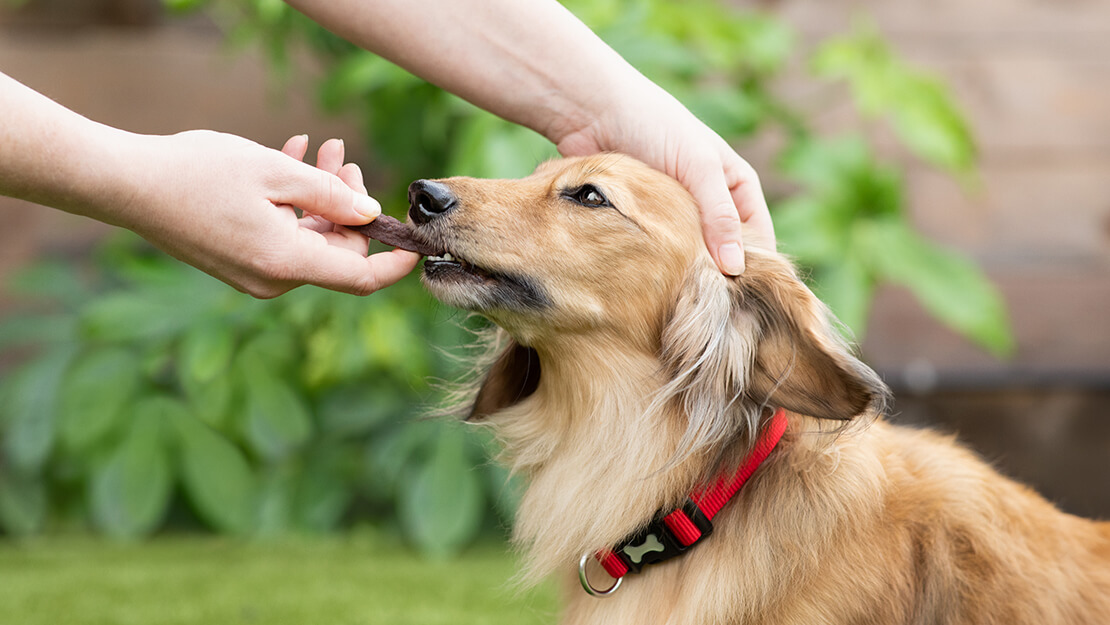
How Much Protein Does Dog Food Have? Essential Guide
Share
As pet owners, we always want what's best for our furry friends. One of the key components of a healthy diet for dogs is protein. But how much protein does dog food have? Understanding protein content, sources, and quality can make a significant difference in your dog's health and well-being.

The Importance of Protein in Dog Food
Protein is a critical component in any dog's diet. It plays a crucial role in growth, repair, and maintenance of cells. It is particularly vital for puppies, active dogs, and pregnant or nursing females.
Why Protein Matter?
Protein provides essential amino acids that dogs need but cannot produce themselves. These amino acids are the building blocks for muscles, skin, hair, nails, and other tissues. Without adequate protein intake, dogs might suffer from muscle wasting, poor coat condition, and a weakened immune system.
How Much Protein is Recommended?
The recommended protein content in dog food varies based on your dog's life stage and activity level. Generally, adult dogs require a diet with at least 18% protein, whereas puppies and active dogs should have about 22-28% protein. Always check the nutrition label to determine if the food meets these guidelines.

Different Sources of Protein in Dog Food
Dog food can contain protein from various sources, including animal and plant-based ingredients. Understanding the benefits and drawbacks of each can help you make an informed decision.
Animal-Based Proteins
Common animal-based proteins include chicken, beef, lamb, and fish. These sources are generally high in essential amino acids and are more digestible for dogs. Look for dog foods where meat is listed as the first ingredient to ensure a high protein content.
Plant-Based Proteins
Plant-based proteins, such as soy, beans, and peas, can also be part of a dog's diet. Although these sources still provide essential amino acids, they might not be as easily digestible as animal proteins. Dog foods that combine both plant and animal proteins can offer a balanced diet.

Choosing the Right Dog Food
When selecting a dog food, consider the quality, source, and amount of protein. Here are some tips to help you make the right choice:
Read the Label Carefully
Look for terms like 'complete and balanced' which indicate that the food meets the nutritional levels established by the AAFCO Dog Food Nutrient Profiles. Also, ensure that meat or meat meal is one of the first ingredients listed.
Look for High-Quality Ingredients
Avoid dog foods that contain fillers, artificial preservatives, and low-quality protein sources. Opt for brands that use high-quality, natural ingredients and provide transparency about their sourcing and manufacturing processes.
Consider Your Dogs Specific Needs
Every dog is different. Factors like age, breed, weight, and health condition can influence their dietary needs. Consult with your vet to determine the ideal protein intake for your dog.

Common Myths About Protein in Dog Food
There are many misconceptions regarding the protein content in dog food. Lets debunk some of the most common myths:
Myth 1: High Protein is Harmful to Dogs
Contrary to popular belief, high-protein diets are not harmful to healthy dogs. In fact, active dogs, working dogs, and puppies thrive on a high-protein diet. However, dogs with certain health conditions may require a different approach.
Myth 2: Plant Proteins are Inadequate
While animal proteins are more digestible, plant proteins can still provide essential nutrients. The key is to ensure a balanced diet that includes both types of proteins.
Myth 3: More Protein Equals Better Quality
While protein is essential, the balance of other nutrients is equally important. Ensure your dog food is well-rounded with the right balance of protein, fats, carbohydrates, vitamins, and minerals.
Frequently Asked Questions
Here are some common questions pet owners have about protein in dog food:
1. How do I determine the protein content in dog food?
The protein content is listed on the nutrition label as a percentage. Look for the term 'Crude Protein' in the guaranteed analysis section.
2. Can a dog have too much protein?
While a high-protein diet is not harmful for healthy dogs, it's best to consult with your vet if your dog has specific health concerns.
3. What are some high-quality protein sources for dogs?
High-quality protein sources include chicken, beef, lamb, fish, and eggs. Look for dog foods that list these ingredients prominently on the label.
For more information on your dog's dietary needs, visit How Much Protein in Dog Food and What Happens if a Puppy Eats Adult Dog Food.
Learn more about what constitutes a balanced diet for dogs and ensure your furry friend stays happy and healthy.
As an Amazon Associate, I earn from qualifying purchases.
Understanding the protein content in your dog's food is crucial for their overall health. By selecting high-quality, protein-rich dog food and consulting with your vet, you can provide a diet that supports their active lifestyle and longevity.
